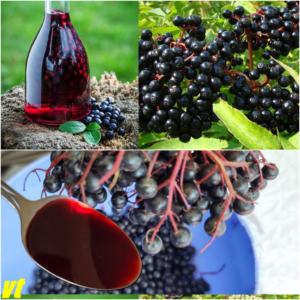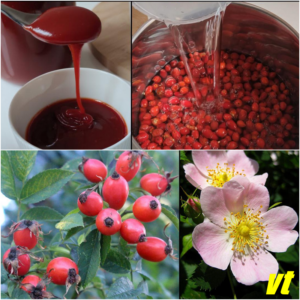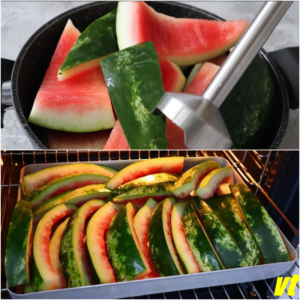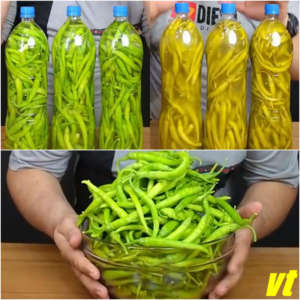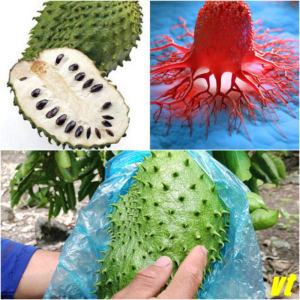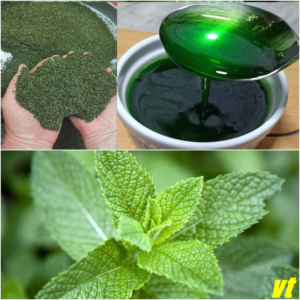Pistachios, well-known for their crunchy texture and rich, unique flavor, are not just delicious but are also packed with nutrients. While growing pistachios can be a lengthy and meticulous process, it’s a rewarding experience for garden enthusiasts willing to embrace a challenge. Here is a comprehensive guide on how to grow pistachios from seed at home.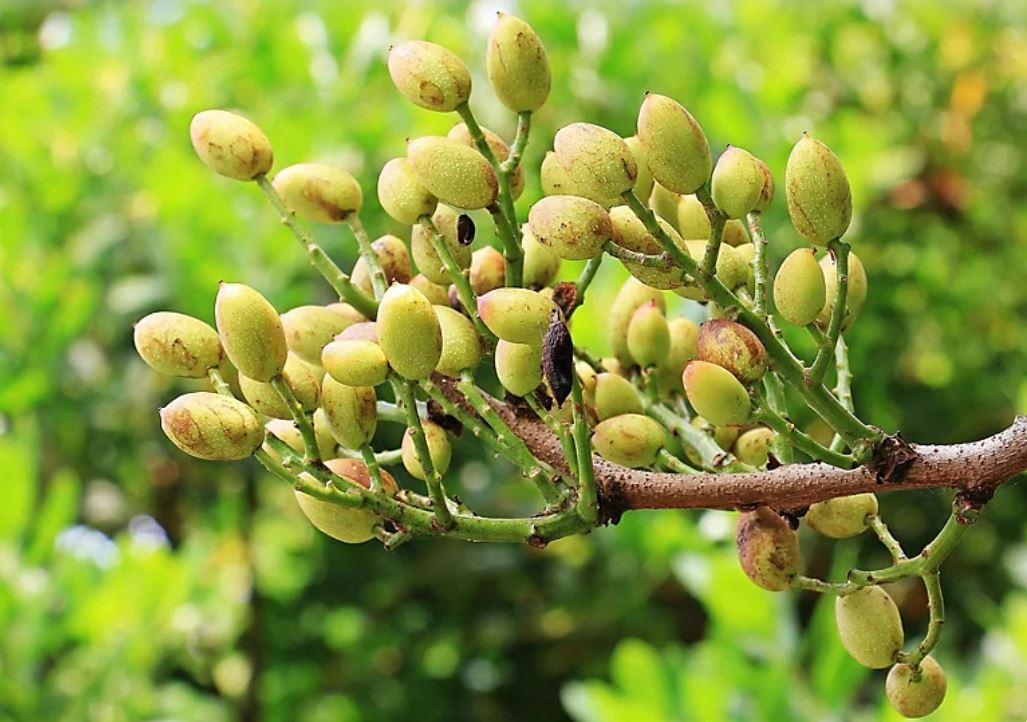
1. Getting Started:
- Select Fresh Seeds: Acquire fresh, high-quality pistachio seeds from a reliable source. Seeds should be untreated and unroasted, ideally obtained from raw pistachios.
Stratification Process: Pistachio seeds require a cold stratification process to germinate. Place the seeds in a bag with moist sand and store them in the refrigerator for around 6-8 weeks.
2. Germination:
After stratification, plant the seeds in a well-draining soil mix, around 1 inch deep. Keep the soil consistently moist but not waterlogged. Maintain a temperature around 70°F (21°C) to encourage germination, which can take around 4-6 weeks.
3. Planting:
Once the seedlings are around 4-6 inches tall, they are ready to be transplanted. If you plan to grow them indoors or in a greenhouse, choose large containers, as pistachio trees need ample space.
4. Location and Soil:
- Location: Pistachio trees prefer a sunny location, receiving at least 6-8 hours of direct sunlight daily.
Soil: They thrive in well-draining, alkaline soil. Amend your soil with organic matter to improve drainage and nutrient content.
5. Caring for Pistachio Trees:
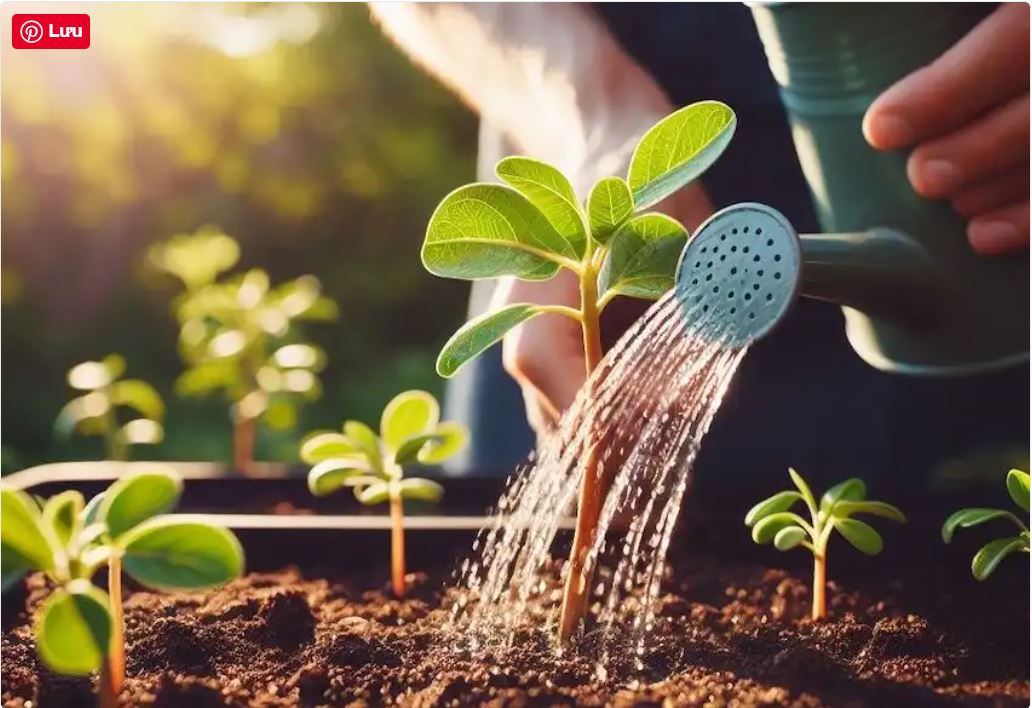
- Watering: Pistachios are drought-tolerant once established but need regular watering during their formative years. Avoid overwatering to prevent root rot.
Pruning: Regular pruning is essential to maintain the tree’s shape and remove any dead or diseased branches.
Fertilization: Feed the trees with a balanced fertilizer regularly to support healthy growth. Ensure the fertilizer is rich in zinc, as pistachios have a high zinc requirement.
6. Pollination:
Pistachio trees are dioecious, meaning there are separate male and female trees. To produce nuts, you will need at least one of each. It’s advisable to plant several seeds to increase the chances of having both male and female trees.
7. Harvesting:
Pistachios take patience, typically starting to bear fruit in the 5th to 7th year. Harvest the nuts once the shells split and turn a reddish-brown color. Remove the soft outer hulls and allow the nuts to dry in a cool, shaded area for several days.
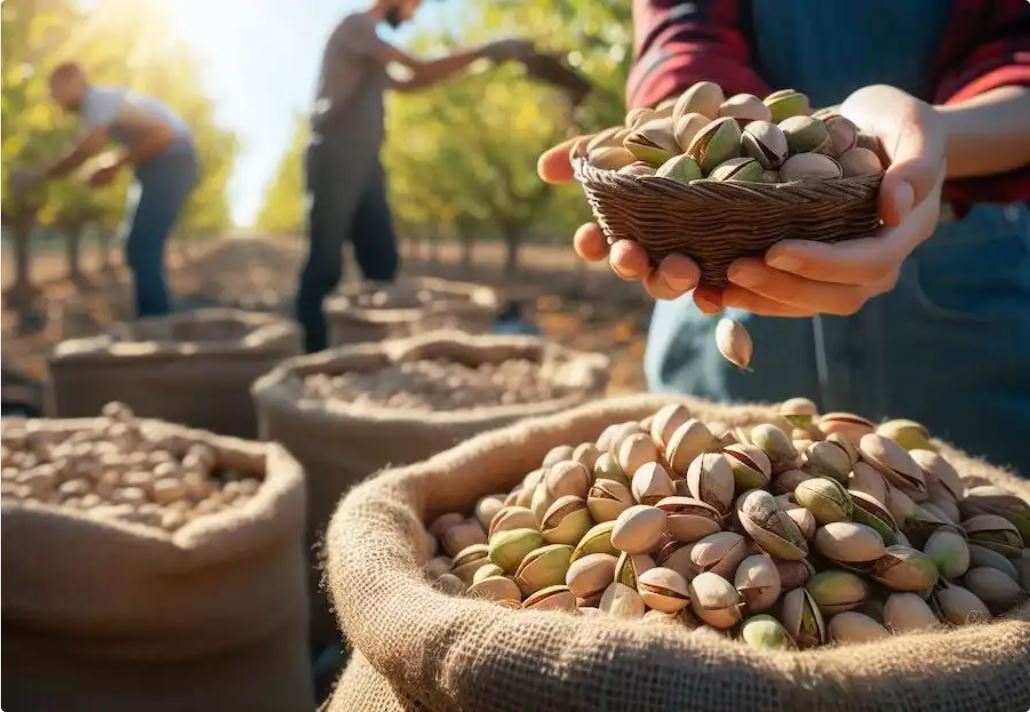
8. Pest and Disease Management:
Keep a watchful eye for pests like aphids and caterpillars, and diseases like botryosphaeria panicle and shoot blight. Use organic pesticides and maintain proper tree hygiene to prevent infestations.
Growing pistachios from seed at home can be a rewarding venture, bringing the joy of watching the trees mature and ultimately bear fruit. It demands patience, dedication, and meticulous care, but the delight of harvesting homegrown pistachios makes it all worthwhile. Whether you are a novice or a seasoned gardener, this endeavor invites you to deepen your connection with the natural world and cultivate resilience and patience in the gardening journey.
News
The Amazing Benefits of Elderberries and How to Use Them
Elderberries, the small, dark purple fruits from the elder tree (Sambucus), have been used for centuries in traditional medicine. These berries are packed with nutrients and offer a range of health benefits. In this article, we will explore the top…
The Hidden Power of Dog Rose (Rosa canina): 10 Surprising Health Benefits and How to Use It
The dog rose (Rosa canina) is an ancient, resilient plant that has thrived in Europe, Asia, and Africa for centuries. Known for its vibrant pink or white flowers, this hardy shrub produces small, brightly colored fruits called rosehips. These fruits,…
Reusing Watermelon Peels: Creative Ways for Your Kitchen and Garden
Watermelon is a refreshing summer fruit enjoyed worldwide, but many people toss out the peel, unaware of its hidden potential. Instead of discarding watermelon peels, they can be repurposed in both the kitchen and the garden, offering a sustainable and…
Simple Pickled Hot Peppers: A Traditional Recipe
Pickling vegetables, especially hot peppers, is a delicious and time-honored method to preserve seasonal produce while enhancing their flavors. Pickled hot peppers add a tangy, spicy kick to your meals and balance flavors with a perfect mix of sour, salty,…
Unlocking the Power of Soursop: A Natural Ally in the Fight Against Cancer and More
Soursop (Annona muricata), commonly referred to as Graviola or Guanábana, is a tropical fruit gaining attention not only for its unique flavor but also for its potential health benefits. While traditionally consumed in the Caribbean and Latin America for its…
The Versatile Mint: Health Benefits, Uses, and How to Incorporate It into Your Daily Routine
Mint, renowned for its refreshing aroma and invigorating flavor, is a versatile herb cherished across the globe. Its applications span centuries, from ancient medicinal uses to modern culinary delights. Whether you cultivate it in your garden or purchase it fresh…
End of content
No more pages to load
